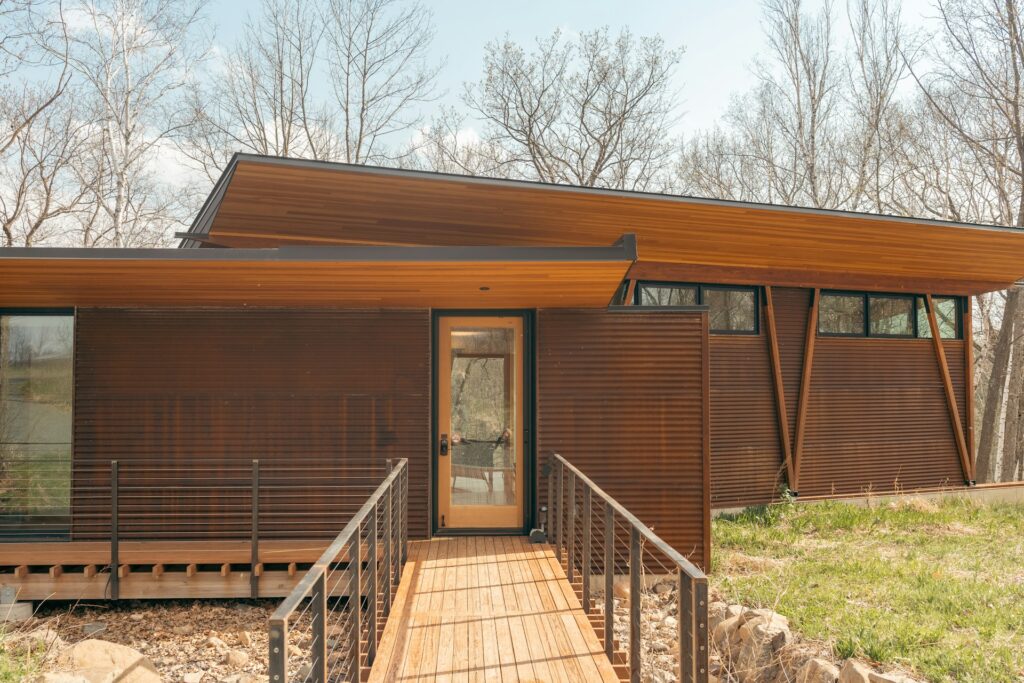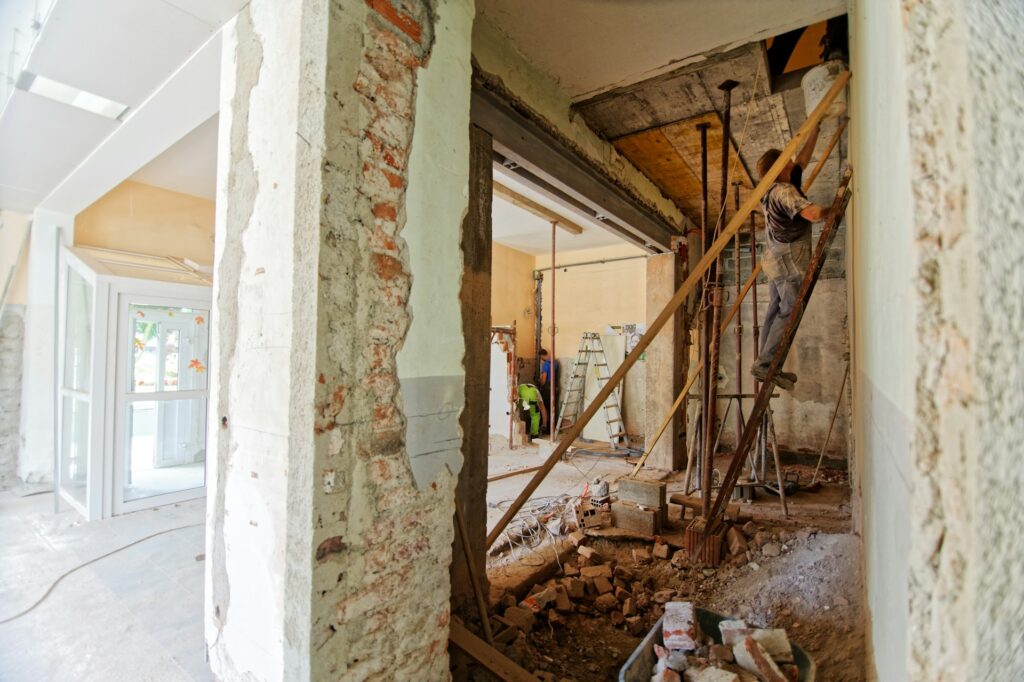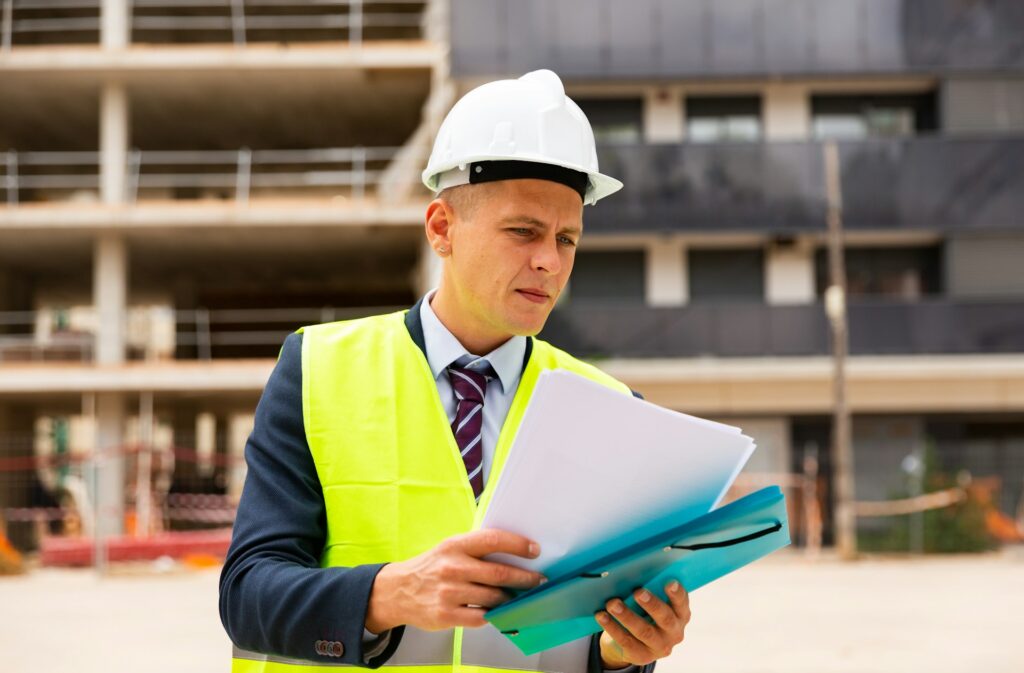Subdividing land is a complex process, especially when it involves wildlife conservation areas. Perth’s rich biodiversity means that any land development needs careful consideration of the local environment. Understanding how to navigate this can help you subdivide land responsibly without harming local ecosystems.
When subdividing land near wildlife conservation areas, adhering to relevant regulations is crucial. Regulations exist to protect endangered species and their habitats. Neglecting these laws can lead to legal penalties and harm to the environment.
Assessing the impact on local wildlife is another important step. You need to understand how your subdivision could affect the animals and plants that call the area home. This often involves environmental impact assessments and other studies.
By implementing eco-friendly practices, you can minimise the negative effects of your development. Simple steps, such as maintaining green spaces and using sustainable materials, can make a big difference.
Consulting with environmental experts ensures that you’re following best practices. These professionals offer valuable guidance to help balance development needs with wildlife preservation.
In this article, we’ll discuss regulations, impact assessments, eco-friendly practices, and expert consultations. These strategies will help you subdivide land responsibly, ensuring a harmonious coexistence with local wildlife.
Understanding Wildlife Conservation Regulations
Understanding wildlife conservation regulations is essential when subdividing land near protected areas. These laws are designed to protect endangered species and their habitats. They ensure that land development does not harm local ecosystems. Ignoring these regulations can lead to severe penalties, including fines and project delays.
First, identify the specific regulations that apply to your area. Different regions may have unique rules and guidelines. In Perth, the Environmental Protection and Biodiversity Conservation (EPBC) Act often plays a key role. This act aims to protect and manage important flora and fauna. Local councils may also have additional requirements you need to meet.
Obtaining the necessary permits is critical. Before you start any development, check what permits you need. This often involves submitting detailed plans and environmental impact assessments. Your plans may need to show how you will minimise impact on wildlife and their habitats.
Consult with local authorities to ensure compliance. They can provide guidance and resources to help you navigate the regulations. Staying informed and proactive can help you avoid legal issues and ensure your project supports conservation efforts.
Assessing the Impact on Local Wildlife
Assessing the impact on local wildlife is a vital step in the land subdivision process. Understanding how your development affects animals and plants helps you make eco-friendly decisions. Start by conducting an environmental impact assessment (EIA). This study evaluates how your project influences the local ecosystem.
During the EIA, experts look for potential disruptions to habitats. They identify any endangered or protected species in the area. This information helps you plan your development without jeopardising local biodiversity. Knowing which species are present allows you to take specific measures to protect them.
After the EIA, it’s crucial to consider mitigation strategies. These strategies aim to reduce negative impacts on wildlife. For example, you might create habitat corridors to allow animals to move safely through the area. Planting native vegetation can also help maintain local ecosystems and provide food and shelter for wildlife.
Monitoring ongoing impact is equally important. Regular checks ensure that your subdivision doesn’t disrupt wildlife in unforeseen ways. By taking these steps, you demonstrate a commitment to preserving nature while pursuing your development goals. This balance can lead to a more sustainable and successful project.
Implementing Eco-Friendly Subdivision Practices
Implementing eco-friendly subdivision practices helps protect wildlife and their habitats. Start by maintaining green spaces within your development. These areas provide shelter and food for various species, reducing the impact on local wildlife. Ensure that a significant portion of the land remains undisturbed and filled with native plants.
Using sustainable building materials is another important step. Opt for materials that have a lower environmental impact, such as recycled timber or eco-friendly concrete. These choices reduce the carbon footprint of your development and promote sustainability.
Consider creating wildlife corridors within your subdivision. These pathways allow animals to move safely between different parts of their habitat. For instance, you can connect green spaces with tree lines or natural hedges. This ensures that wildlife has continuous access to necessary resources.
Water management is also crucial in eco-friendly practices. Implement rainwater harvesting systems and eco-friendly plumbing solutions to minimise water waste. This approach conserves water supplies and ensures that local waterways remain clean.
Lastly, encourage residents to adopt sustainable habits. Provide information on native landscaping, recycling, and energy-efficient practices. These efforts can collectively make a big difference in supporting local ecosystems.
Consulting with Environmental Experts
Consulting with environmental experts ensures that your subdivision aligns with best practices for wildlife conservation. These professionals have specialised knowledge that can help you navigate complex regulations and minimise environmental impacts.
Environmental consultants can guide you through the process of obtaining necessary permits and complying with laws. They help you understand specific requirements and recommend steps to meet those standards. Expert advice can save time and prevent costly mistakes.
Hiring an ecologist for site assessments is also beneficial. Ecologists evaluate the existing wildlife and habitats on your land. They provide insights into how your subdivision might impact local species and suggest practical ways to mitigate those effects. Their expertise is invaluable in creating a development plan that respects and preserves biodiversity.
Working with landscape architects who specialise in sustainable design can also help. These professionals can design green spaces and wildlife corridors that enhance the natural environment. Their designs can integrate seamlessly with your development plans while providing essential benefits for wildlife.
By consulting with environmental experts, you ensure that your subdivision is eco-friendly and compliant with regulations. This collaboration supports both your development goals and the conservation of local wildlife.
Conclusion
Navigating the process of subdividing land near wildlife conservation areas requires a thoughtful and informed approach. Understanding and adhering to wildlife conservation regulations is the first crucial step. Properly assessing the impact on local wildlife ensures that your development does not harm the ecosystem. Implementing eco-friendly practices can further reduce your environmental footprint, making your project more sustainable. Consulting with environmental experts provides valuable guidance and helps you make well-informed decisions.
Preserving the natural habitat while meeting your development goals is a delicate balance. Each step, from understanding regulations to consulting with experts, plays a vital role in protecting local wildlife and promoting sustainable development. By following these guidelines, you can contribute to conservation efforts while progressing with your project.
For expert advice that complements your eco-friendly Perth subdivision, contact Sunset Construction. We offer tailored services to meet your needs while supporting environmental sustainability. Let’s work together to create a harmonious and eco-friendly development.







